Every season we like to pick one ingredient and find a variety of ways to love it and use it. You can find our complete ingredient archive here.
I’m sitting here with just a drop left of my morning cuppa joe, and I’m so excited to announce that coffee is our fall 2018 Ingredient of the Season. We are coffee lovers. We love the ritual of a morning cup of coffee, especially when someone else starts the brew and we wake up to the aroma wafting into our bedrooms. We love the flavor of coffee, and we’re always excited to try new beans, brewing methods, and (of course) ice creams ;-). But above all, we love that it’s a drink shared by many cultures, often bringing people together to over communal moment of rest and conversation.
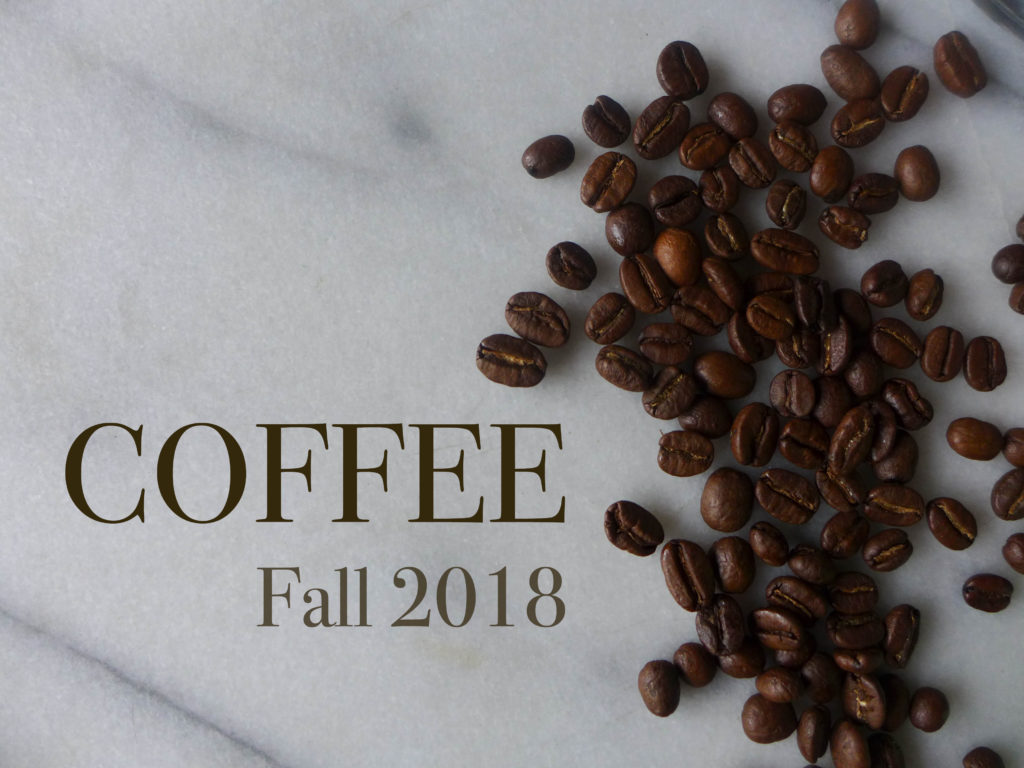
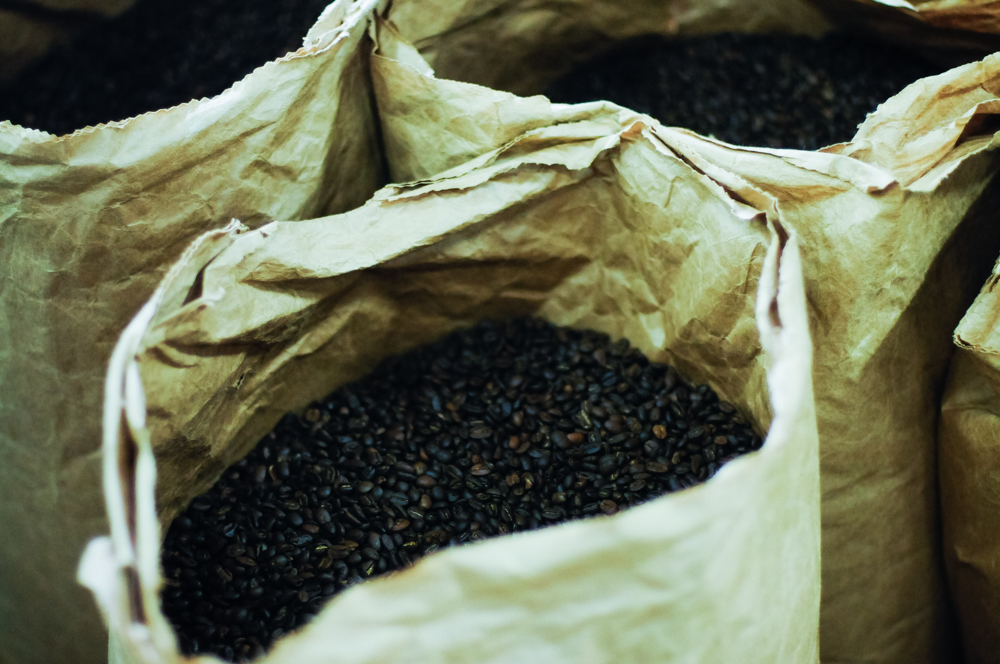
Making coffee our Ingredient of the Season encourages us to learn more about the biology, cultural importance, and many uses of this bean, and we’re excited to share those experiences. Throughout the season we’ll talk about a variety of brewing methods. But beyond drinking, I’m also excited to use coffee in my crafting, cooking, baking, and liqueur making!
Below we touch upon the biology of the Coffea plants, the effects of caffeine (cause that’s what we’re all here for!), and the economics of coffee production. But there’s so much more to learn about this plant and its uses. Throughout the season we’re hoping to touch upon some history notes, current day environmental and social issues, roasting and brewing techniques, and bean and roast varieties.
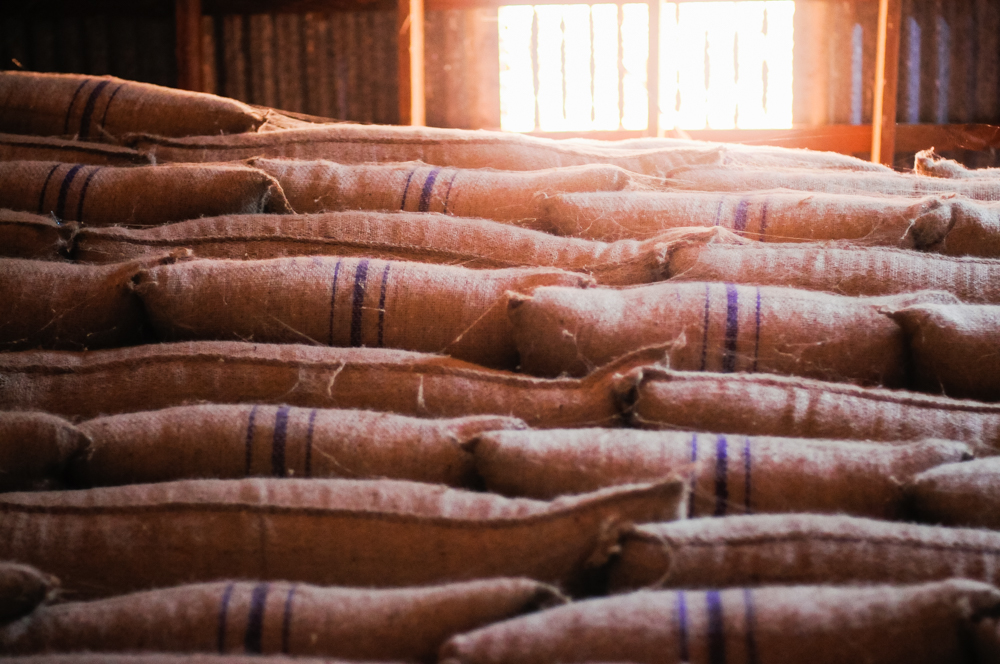
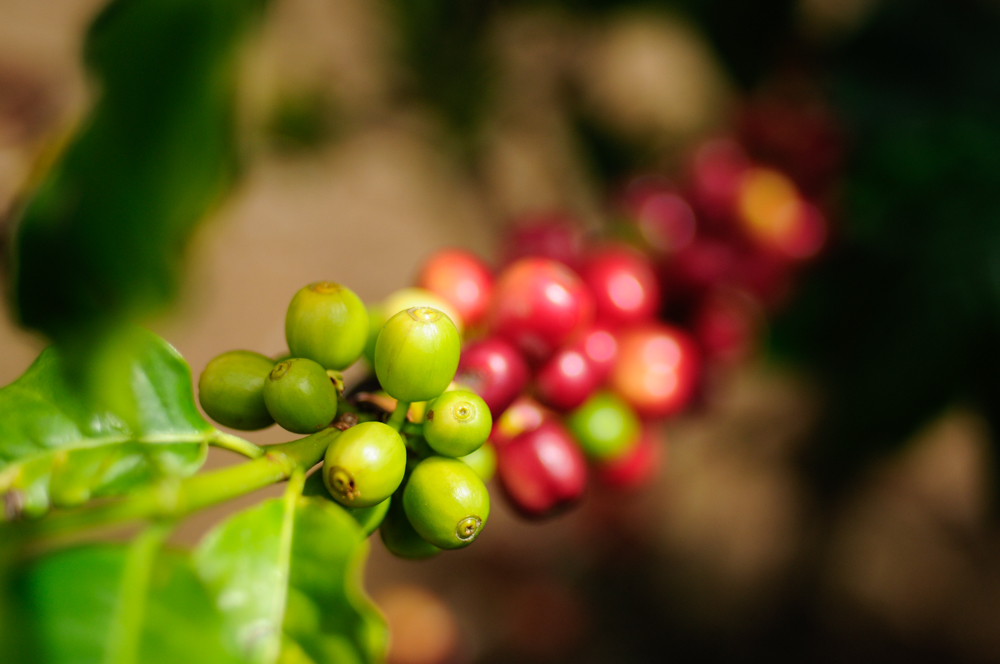
Biology
Coffee beans are the processed seeds from evergreen plants from the Coffea genus, with C. arabica and C. canephora being the two most common varieties. Coffea plants are native to tropical regions of Africa and Asia, but they’re now grown throughout the world in the equitorial “coffee belt” between the Tropics of Capricorn and Cancer. Most of the cultivated varieties grow better at higher elevations within this region, but not so high that they would be exposed to freezing temperatures.
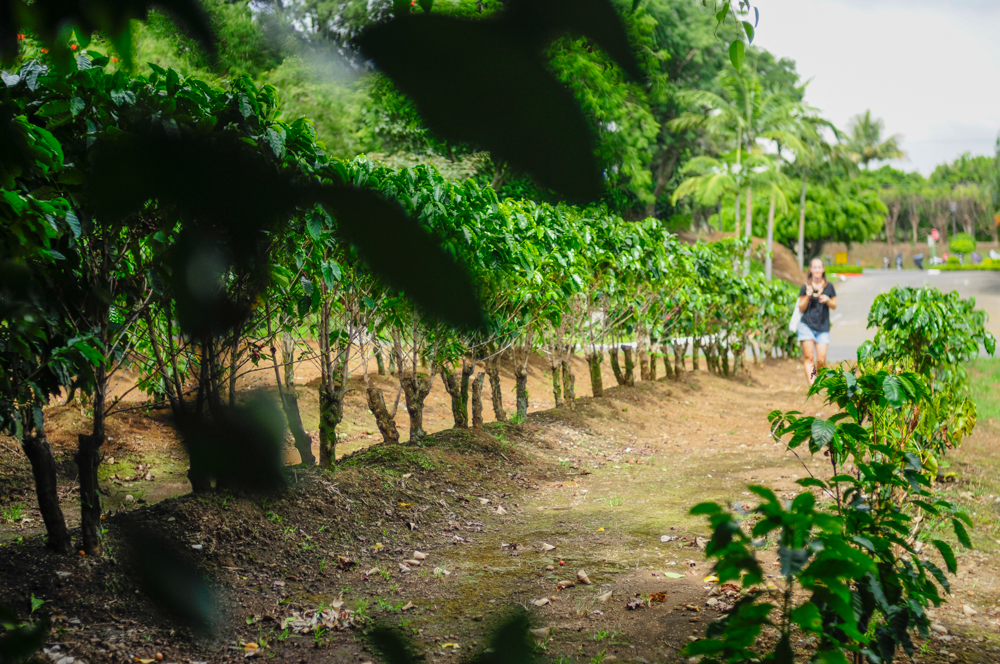
It takes about 5 years for the trees to reach maturity and start producing berries, which they will continue to do for another 50-75 years. The Coffea tree’s red or purple fruits are edible and are referred to as cherries. It takes the fruit about 9 months to ripen, and each one produces two seeds, which are the coffee beans!
After the ripe beans are picked, they have to go through a number of steps before becoming the roasted coffee beans that we’re familiar with. First the berries are sorted based on ripeness. The fleshy parts of the fruit are removed and then the seeds are fermented to remove a slimy mucilage covering. After fermentation, the seeds are washed and dried and sorted by quality.
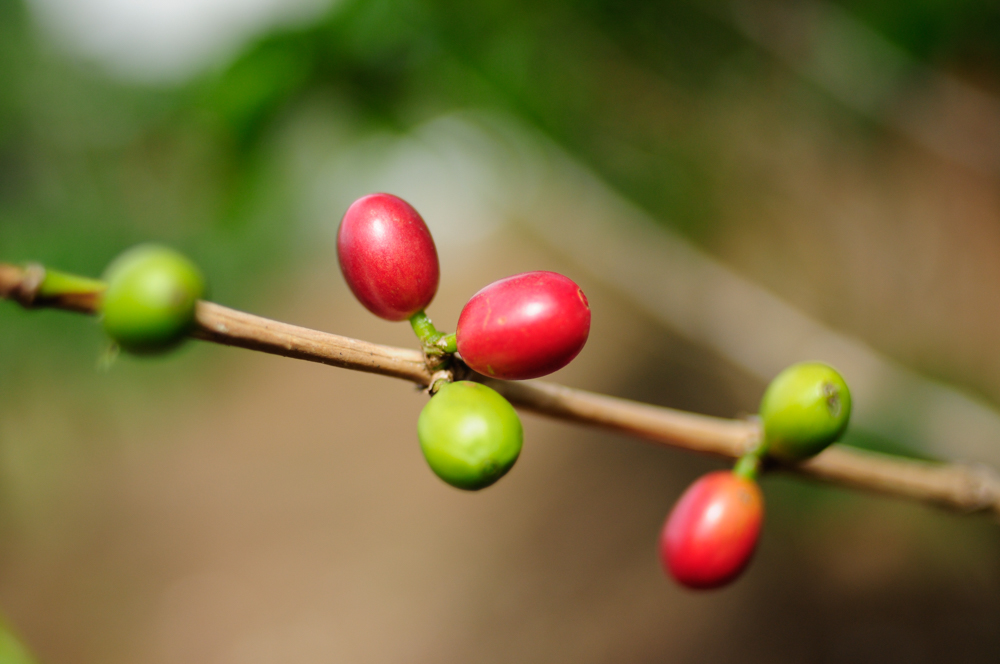
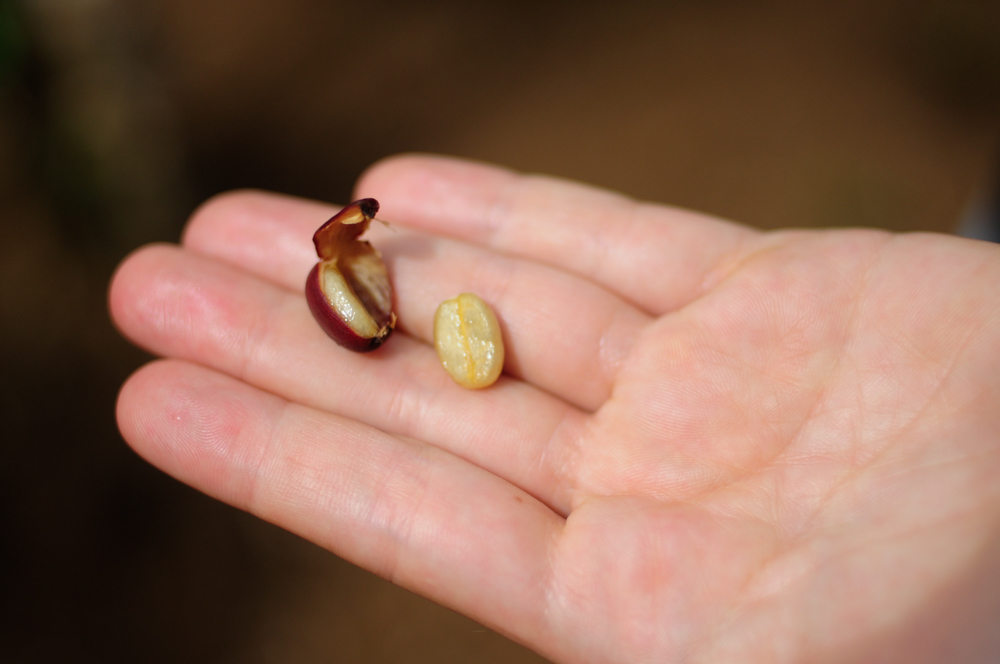
At this point it’s time to roast the still-green seeds. For decades in the US, when there were few boutique coffee companies, it was common for roasting to take place in large factories, ground, and then be shipped to markets for purchase. Today, there are many local operations roasting and selling their own coffee blends. You may know of a shop or two roasting in-house and then selling their beans and brews.
Roasting beans requires heat and motion. As the beans are heated, moisture evaporates and they expand in size becoming less dense. In addition, the beans change chemically as starches break down and caramelize, creating the rich brown colors that we’re familiar with. Finally, the oils that give the roasted beans their aroma and flavor develop.
Caffeine
The caffeine compound can be found within the leaves, berries, and seeds of Coffea plants. Caffeine is toxic to many insects, and as such, it’s produced by the plant as a natural defense against herbivory.Like many plants, insects at a variety of life stages will feed on the Coffea plants, and with over 900 recorded insects that prey upon coffee worldwide, the need for strong defenses is obvious.
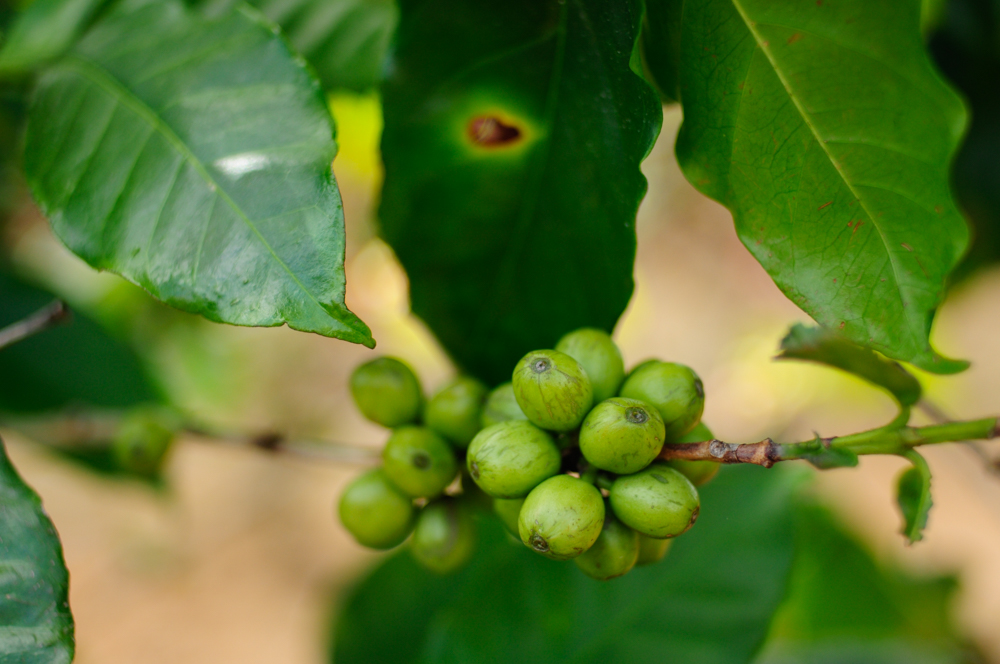
Caffeine has been widely studied in humans, showing a variety of both positive and negative effects. It stimulates our central nervous system, reducing drowsiness while improving reaction time and concentration. It’s considered the world’s most widely used psychoactive drug. Physically, it can improve athletic performance and endurance. On the flip-side caffeine can increase blood pressure, contribute to insomnia, and accelerate bone loss in older women.
But don’t stop drinking it anytime soon. An NIH study found that higher coffee consumption was associated with a lower risk of death.
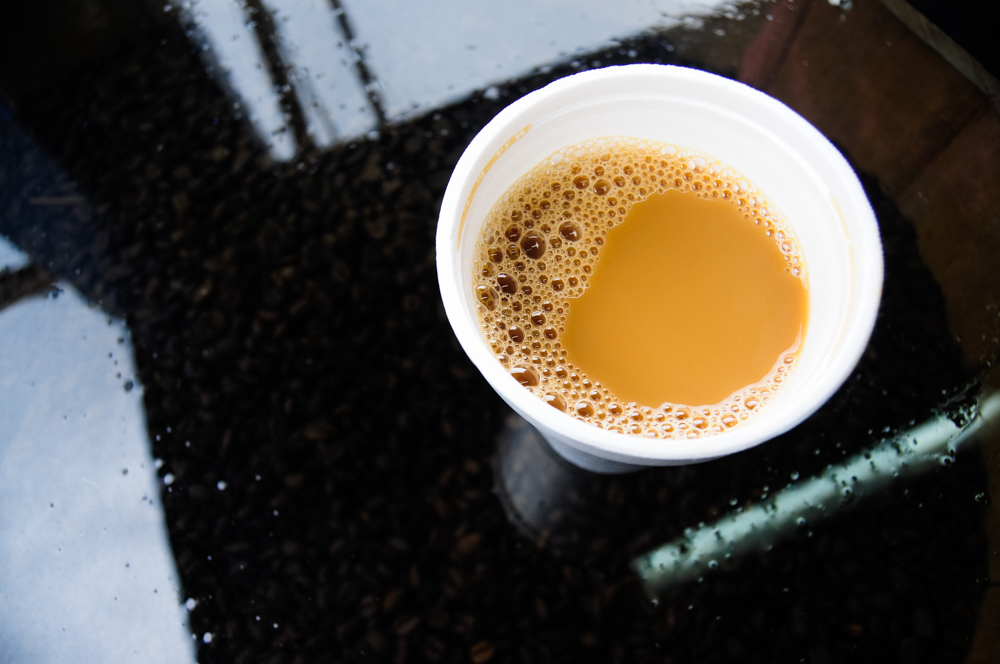
Production & Trade
Today coffee is cultivated in approximately 70 countries across the equatorial regions. Approximately 75-80% of the coffee produce is the C. arabica (arabica beans) variety while the remaining 20% is C. canephora (robusta beans). Robusta is considered more bitter and less flavorful than arabica, leading to the demand difference. Although, robusta is able to maintain its share of the market because it has 40-50% more caffeine than arabica, is more resistant to diseases, and can be grown at lower altitudes.
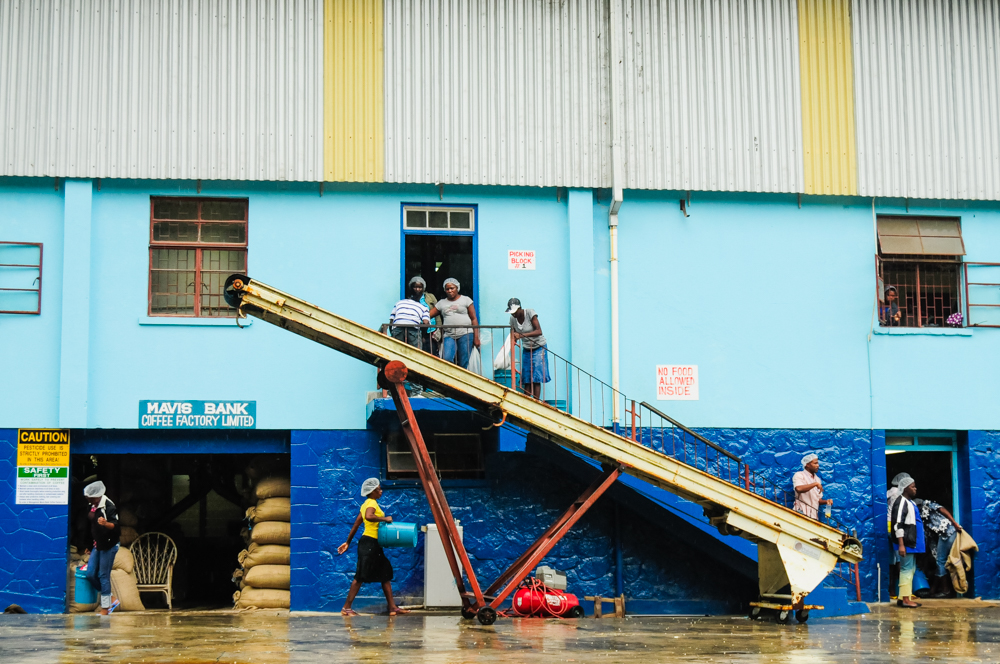
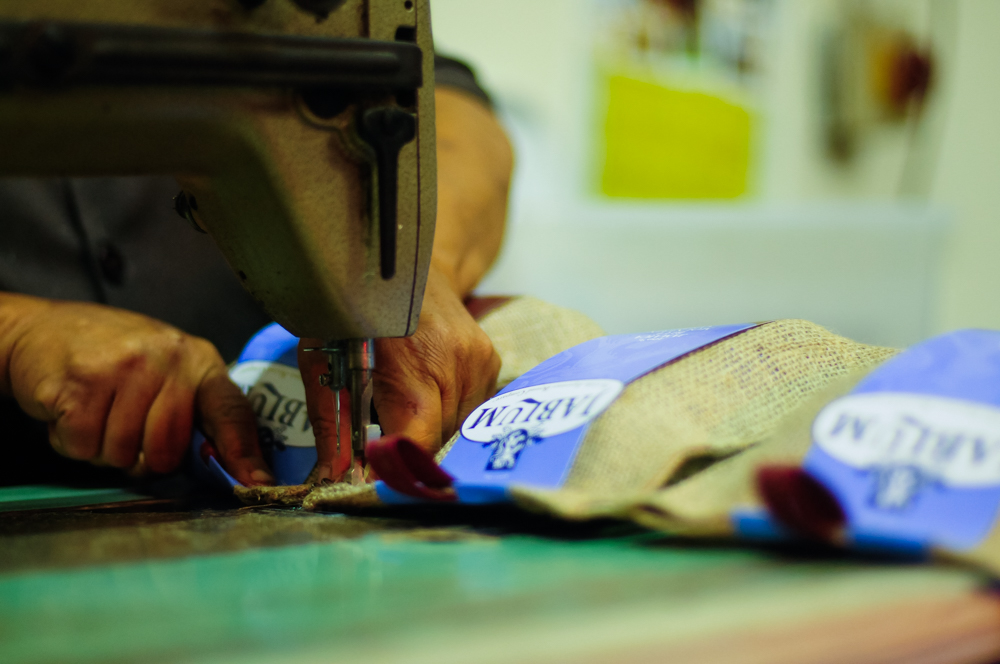
In 2016, global production of coffee totaled 9.2 million tons. With over 30% of the global production, Brazil is the top producer of coffee. They are followed by Vietnam and Colombia in 2nd and 3rd places, respectively. These regions maintain their same standings as the top exporters of coffee.
Some issues that we’d like to come back to in a future post are the ecological impacts of coffee plantations and the human side of coffee production. In those posts we’ll discuss package labels, and what the Fair Trade, Rainforest Alliance Certified, Shade Grown, and Organic phrases mean in terms of coffee cultivation and production.
Coffee + Dung
You didn’t think we were going to end this post without talking about civet coffee, did you?!
This coffee is also called Kopi Luwak. It’s made from the beans of coffee fruits that have been eaten and subsequently defecated by the Asian palm civet. The beans go through their fermentation process while in the gastrointestinal tract of the animals. Studies have shown that these beans are harder and more brittle than control beans and have a lower caffeine content. It’s believed that digestive enzymes are entering the beans and changing their structure through either chemical or biological means.
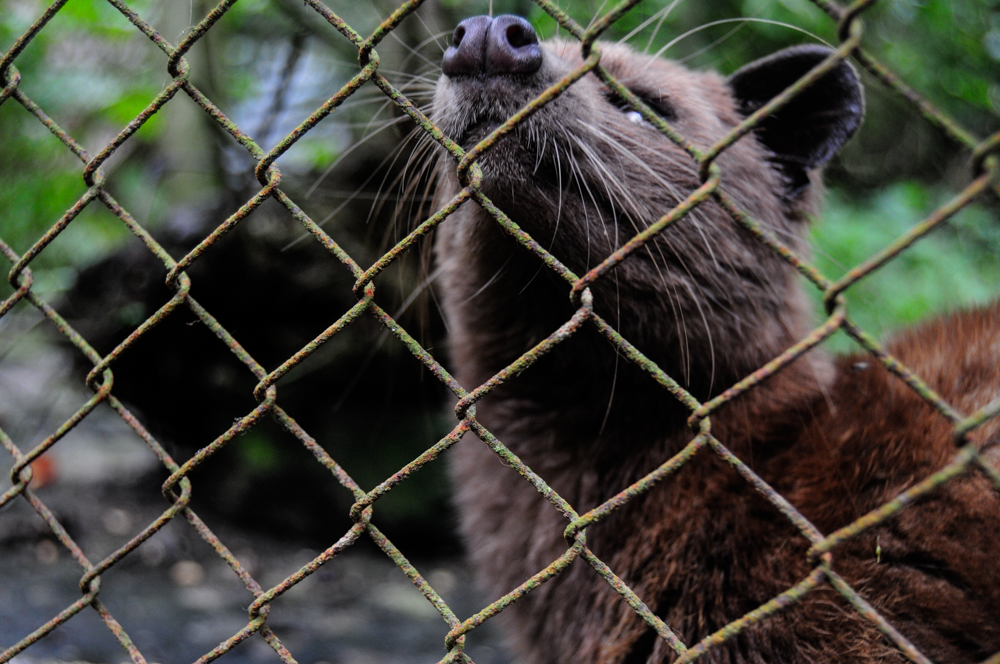
Traditionally, these beans were harvested from the dung of wild civets. But due to the popularity of the coffee, civets are being captured and caged in order to increase kopi luwak production. A single cup of this coffee can cost $30! The coffee is said to have a smokey aroma with hints of chocolate in the flavor.
Now, while we’d love to try a cup of civet coffee under the guise of blog research, hearing about the inhumane treatment of the animals gives us pause. Instead, we’re hoping to get our hands on some Black Ivory Coffee, produced with the help of a few hungry elephants!
~
The photos throughout this post were taken by Sarah from coffee operations in Costa Rica, Jamaica, and Indonesia.
